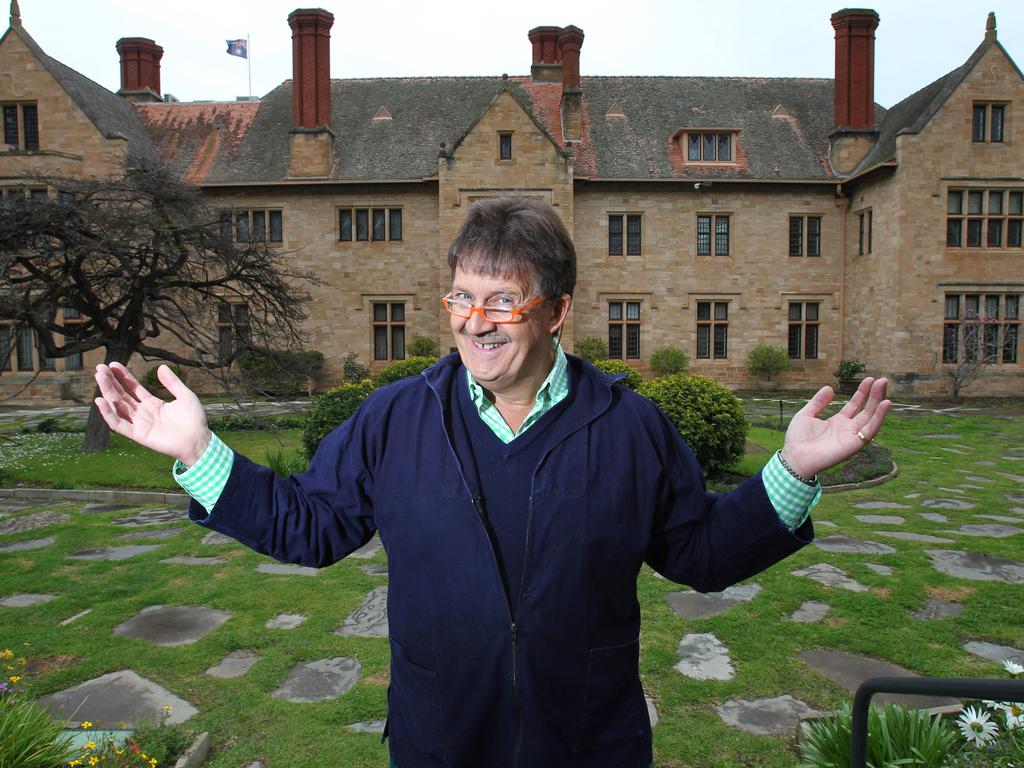My link to the greatest Egyptologist of them all
Forget Howard Carter. The polymath Sir William Matthew Flinders Petrie was the greatest Egyptologist and is rightly deemed the Father of Egyptology.

Forget Howard Carter. The polymath Sir William Matthew Flinders Petrie was the greatest Egyptologist and is rightly deemed the Father of Egyptology. Whereas Matthew Flinders, Petrie’s naval antecedent, famously circumnavigated New Holland (and renamed it Australia), Petrie chose to sail the sand-dunes rather than waves and could be said to have circumnavigated Egypt’s dynasties.
We’re talking of a time when “Egyptologists” were thugs and tomb robbers. Take the most notorious of them – “The Great Belzoni”. Previously a sideshow strong man, Belzoni thought nothing of blasting openings in pyramids with dynamite. Whereas Petrie was as delicate as a surgeon, insisting on scientific methods. Thus, in the years before carbon-dating, Sir William worked out a dating method by studying pottery shards.

There are more than 180 pyramids along the west bank of the Nile. Add to this the 255 in what was known as the Kingdom of Kush. My favourite pyramid story involved a Petrie dig near the Great Pyramid of Cheops, aka Khufu. Built from 2.3 million blocks of stone, it was completed around 10,500BC and remained the world’s tallest building for nigh on 4000 years. When the Great Pyramid was finally entered post-burial, the giant granite sarcophagus in the King’s Chamber was mysteriously empty. Thus the mighty structure had failed in its task – to safeguard the pharaoh’s mummified body for all eternity. Also missing were any images or statues of Cheops. The world’s mightiest ruler had become the invisible man.

Petrie’s team was sifting through the sands nearby when a worker found a broken figurine resembling a chess piece. The bottom half. Turning it over, Petrie saw a royal cartouche – the signature of Cheops! So he had his team keep sifting. Amazingly they found the missing piece incompetently glued together in the old Cairo Museum and promptly forgotten.
Years ago, in Egypt for the filming of my doco Death and Destiny, I decided to track it down, finding it in a tawdry glass case on the third floor protected by a flimsy, rusty padlock. Visitors crowed to see Tut’s treasures or to be awed by monumental statues of Ramses. Not Petrie’s humble chess piece.
A member of the Tourist Police noticed my interest and sidled over. “I’ll give you ten Egyptian quid for it,” I joked. Whereupon the guardian of the law, after a quick look over his shoulder, pulled out a pocket knife and attacked the lock. In a few seconds, for a few shillings, I could have this most precious, priceless artefact in my pocket and be out the door and on my way to Cairo Airport. But not being a brazen Belzoni, I hastily demurred. “A joke! A joke!” The guard was disappointed.
P.S. A small statue found by Petrie on another dig stands on my desk. Carved from wood, about the size of an Oscar. The most fascinating thing about it? That the wood is just wood. As fresh and fragrant as it was when cut thousands of years ago.
P.P.S. Petrie donated his formidable brain (famously capable of high-level mathematical calculations) and his head to science. The latter is in the collection of the Royal College of Surgeons in London. But not on display. No glass case with a cheap padlock.







To join the conversation, please log in. Don't have an account? Register
Join the conversation, you are commenting as Logout